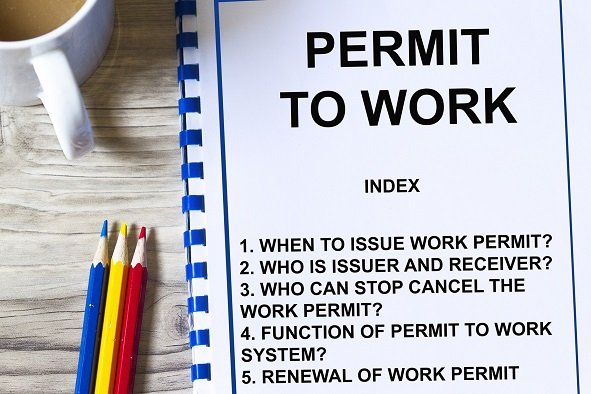Mobile Equipment and Forklift Safety – 12 Modules | One Day USD: 150/- and Two Day USD: 250/- Per Pax.
Description
Module 1: Introduction to Mobile Equipment and Forklift Safety
- Importance of safe operation of mobile equipment
- Common causes of forklift and vehicle accidents
- Relevant regulations and standards (OSHA 1910.178, ISO 3691, ANSI B56)
Module 2: Types of Mobile Equipment and Forklifts
- Forklifts, reach trucks, pallet jacks, telehandlers, loaders, and sweepers
- Electric vs. diesel-powered forklifts
- Selecting the right equipment for the task
Module 3: Roles and Responsibilities
- Operator, supervisor, and maintenance personnel responsibilities
- Competency and certification requirements
- Safe operation policies and authorization to operate
Module 4: Equipment Design and Components
- Key forklift parts: mast, carriage, counterweight, forks, and controls
- Stability triangle and load center concepts
- Understanding load charts and capacity plates
Module 5: Pre-Operation Inspection and Maintenance
- Daily inspection checklist (tires, brakes, lights, hydraulics, horn)
- Reporting and tagging defective equipment
- Preventive maintenance and documentation
Module 6: Safe Operating Procedures
- Starting, maneuvering, and stopping safely
- Operating on ramps, inclines, and uneven surfaces
- Avoiding tipping, collisions, and overloading
Module 7: Load Handling and Stability
- Correct lifting, stacking, and lowering techniques
- Maintaining proper load center and visibility
- Handling irregular, long, or heavy loads safely
Module 8: Pedestrian and Traffic Management
- Segregation of pedestrian and vehicle routes
- Use of mirrors, alarms, and warning lights
- Site speed limits and right-of-way rules
Module 9: Working in Confined or Hazardous Areas
- Operating in warehouses, loading docks, and narrow aisles
- Ventilation for fuel-powered forklifts
- Safe refueling and battery charging procedures
Module 10: Parking, Shutdown, and Storage
- Safe parking practices (lower forks, neutral, brake applied)
- Key control and isolation procedures
- Storage of attachments and accessories
Module 11: Emergency Response and Incident Handling
- Responding to tip-overs, collisions, or equipment failures
- Emergency evacuation and first aid
- Incident reporting and investigation procedures
Module 12: Continuous Improvement and Safety Culture
- Refresher training and performance evaluations
- Promoting awareness through toolbox talks
- Building a proactive and responsible driving culture
View more Courses
Hi, Welcome back!




